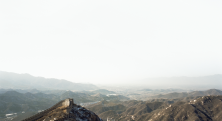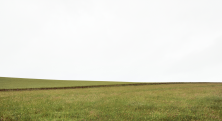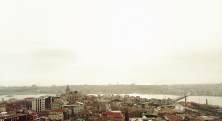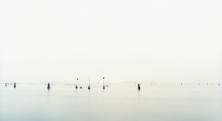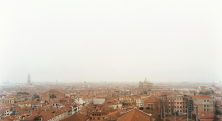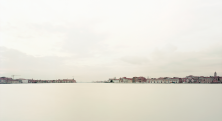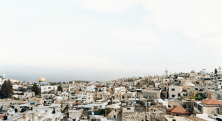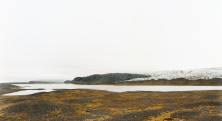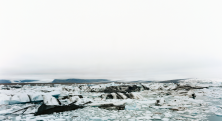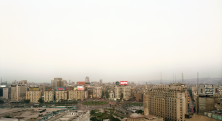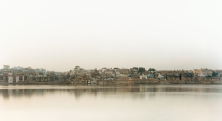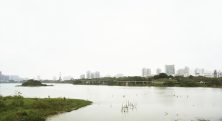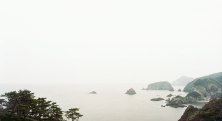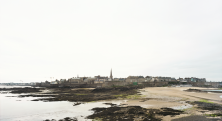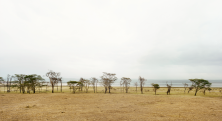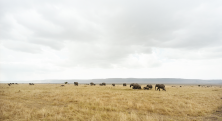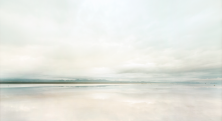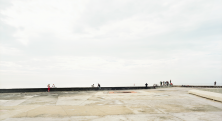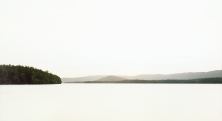Sze Tsung Nicolás Leong
Sze Tsung Nicolás Leong
Horizons is an ongoing series of photographs that began in 2001, depicting expansive yet detailed views of a broad spectrum of environments throughout the world. The locations of the images may be distant in geography (including Mexico City, Cairo, Banaras, Lisbon, Isle of Skye, Tokyo, and Inner Mongolia, for example), and diverse in subject matter (ranging from pastoral landscapes, to monuments, to everyday spaces, to rivers, to industrial zones, to cityscapes), yet the photographs are linked by a horizon which continues in the same position from image to image. When placed side by side, the images form an extended landscape composed of an accumulation of varied continents, cities, terrains, situations, textures, and colors: an unfinished asphalt cul-de-sac lies before a line of tract houses in Victorville, California (2006); a boat drifts past icebergs in Jökulsárlón I, Iceland (2007); clumps of desert sand collect in front of a remote skyline in Dubai I (2007); red stone buildings seemingly hover over an opaque expanse of water in Canale della Giudecca I, Venezia (2007); beachgoers tread through mud on their way to the shore in Dungeness III (2003); boys play cricket in a clearing among electrical poles in Allahabad I (2008). Read more
Viewed in a continuous line, the images suggest an unfurled view of the surface of the globe. This view, however, does not necessarily correlate with conventional perceptions of proximity and distance, as places in these images that are seemingly unrelated or unconnected may nd themselves adjoined. According to Leong, “the distances separating near from far, familiar from foreign, inside from outside, iconic from quotidian, extraordinary from mundane, picturesque from unsettling, are never constant.” The relationships and gradations between these opposites that are suggested by the photographs—and the fact that the images can be rearranged to form different landscapes and visual sequences—are meant to reflect the complex and perpetually transforming relationships between regions, cultures, and nations that give form to the contemporary world and that shape the experiences of each individual viewer.
The images are photographed primarily with an 8-by-10-inch view camera, but also with 6-by-7- and 6-by-9-centimeter and 4-by-5-inch formats. Printed as analog chromogenic color prints, each image offers a neatly grained density of visual information, rendered in the broad range of tonality made possible by the analog print. The exhibition will consist of over sixty pieces measuring 14 by 24 inches.





